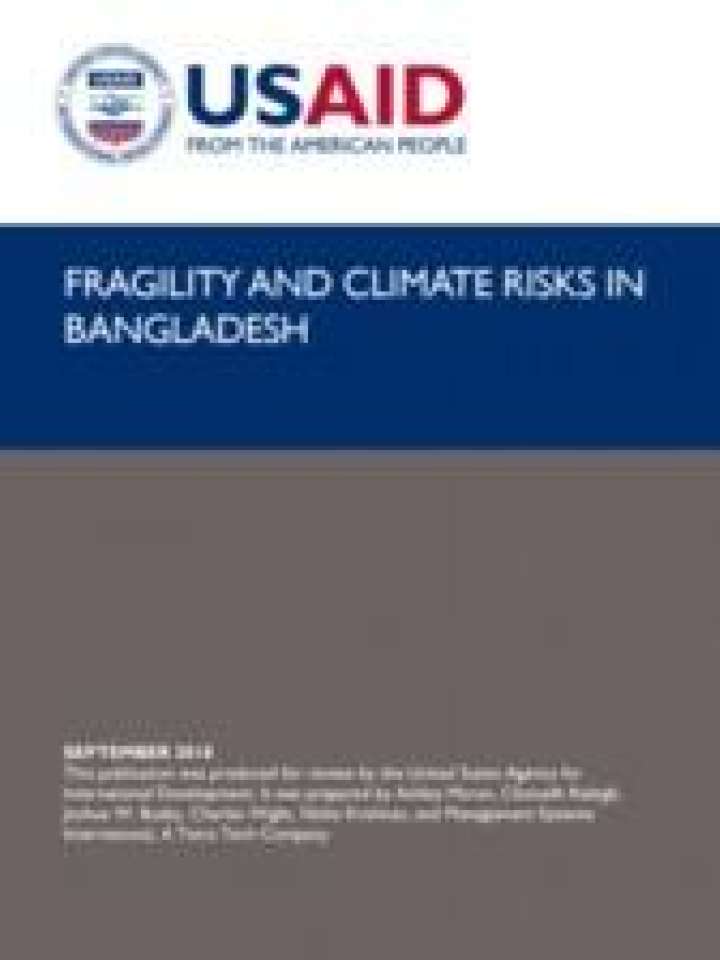Fragility and climate risks in Bangladesh
It is widely recognized that Bangladesh faces among the highest levels of climate exposure globally. Yet its ability to build resilience depends on not only building its capacity to address specific climate risks, but also mitigating the fragility that can hinder the state’s ability to operate in an effective and responsive manner.
In order to provide a more holistic view of how these phenomena interact, and to identify opportunities to generate co-benefits for development, this brief looks at each risk separately and then combined. First, the brief identifies the locations and populations across Bangladesh that face the greatest climate exposure risks and outlines the specific climate risks they face. Second, it discusses current fragility dynamics, spheres where the state has the greatest capacity to respond to public needs, and aspects of fragility that present the greatest potential sources of instability. Importantly, it understands fragility as being rooted in poor state capacity and poor state-society relationships, both of which can contribute to instability. Lastly, this brief describes how the state’s compound fragility-climate risks serve to heighten insecurity in Bangladesh.
Explore further
